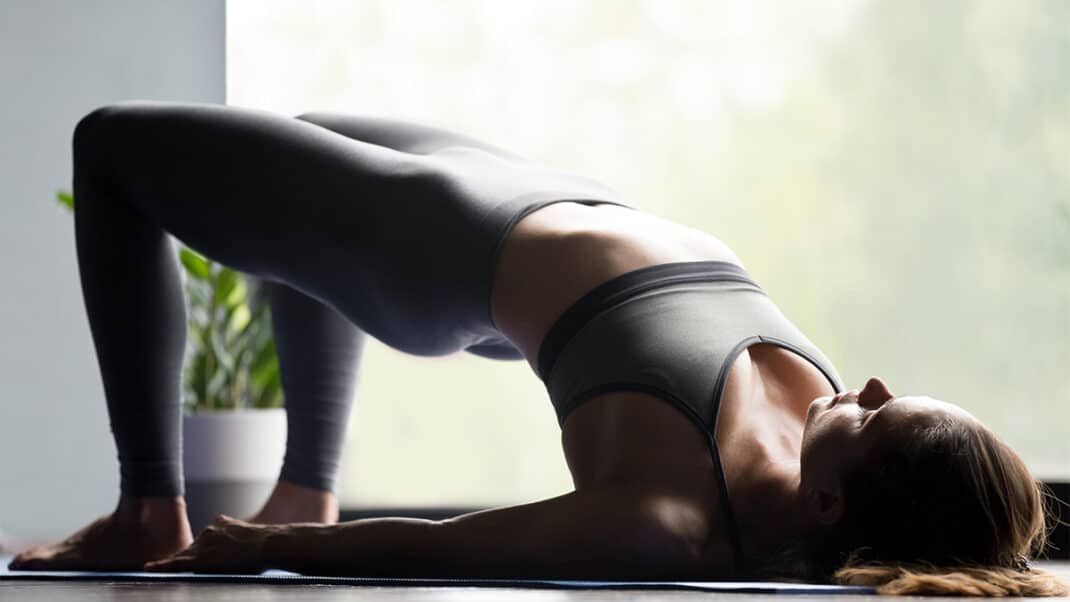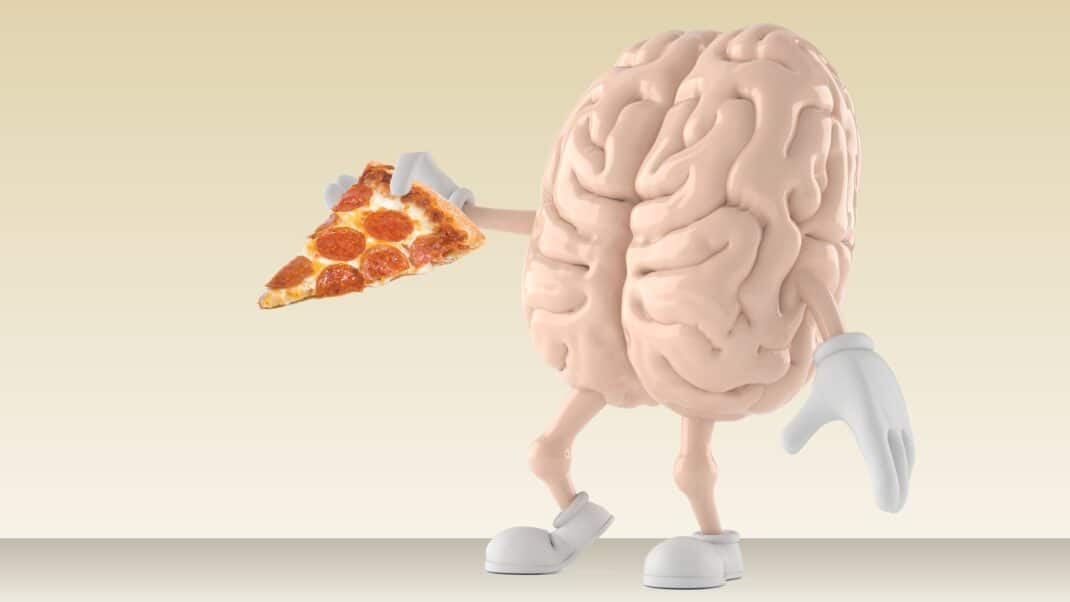Glute Activation and Hip Stability for Fitness Professionals

The gluteal muscles and hip stabilizers play a central role in human movement, posture, and athletic performance. Often referred to as the powerhouse of the body, the glutes provide strength, stability, and alignment for movements ranging from walking and running to jumping and lifting. For fitness professionals, understanding glute activation and hip stability is essential for designing programs that improve performance, prevent injuries, and enhance long-term musculoskeletal health. Weak or inhibited glutes are linked to common dysfunctions such as low back pain, knee valgus, hamstring strains, and poor balance (Distefano et al., 2009). This article explores the anatomy, biomechanics, training methods, and practical applications of glute activation and hip stability, offering evidence-based strategies for implementation in diverse client populations.
Anatomical Overview of the Gluteal Muscles and Hip Stabilizers
The gluteal muscle group consists of the gluteus maximus, gluteus medius, and gluteus minimus. Together, these muscles form the posterior aspect of the pelvis and serve key roles in hip extension, abduction, external rotation, and stability. The gluteus maximus is the largest and most powerful hip extensor, driving explosive movements such as sprinting, jumping, and lifting from a squat. The gluteus medius and minimus, located on the lateral pelvis, function primarily in hip abduction and stabilization during gait (Neumann, 2017).
In addition to the gluteal muscles, smaller stabilizers such as the piriformis, deep external rotators, and hip flexors contribute to joint alignment and control. These muscles coordinate with the lumbopelvic complex and core to create efficient movement patterns. Weakness or delayed activation in these muscles can compromise biomechanics and place excessive stress on surrounding joints (Kendall et al., 2005).
Biomechanics of the Hip Joint
The hip joint is a ball-and-socket articulation between the femoral head and acetabulum, designed for both mobility and stability. During locomotion, the glutes act as stabilizers, controlling femoral alignment and preventing excessive medial collapse. The gluteus medius, in particular, provides lateral stability during single-leg stance, reducing strain on the knee and lumbar spine. Research has shown that deficits in gluteal function are associated with altered mechanics such as increased hip adduction and internal rotation, which contribute to injuries including patellofemoral pain and anterior cruciate ligament (ACL) tears (Hollman et al., 2009).
Consequences of Weak or Inactive Glutes
Gluteal weakness or inhibition, sometimes termed ‘gluteal amnesia,’ has widespread effects on movement efficiency and injury risk. Clients with poor glute activation often compensate with the lumbar extensors, hamstrings, or quadriceps, leading to muscular imbalances and joint overload. Common consequences include:
- Low back pain due to overreliance on spinal extensors
- Knee valgus collapse linked to ACL injury risk
- Hamstring strains from compensatory hip extension demands
- Reduced balance and stability during unilateral tasks
Evidence-Based Glute Activation Exercises
Effective glute activation requires both targeted isolation and integrated functional exercises. Warm-up routines that emphasize neuromuscular activation are particularly beneficial before training. Research supports the following exercises as highly effective:
- Glute bridges and hip thrusts for gluteus maximus activation (Contreras et al., 2015)
- Clamshells and side-lying hip abduction for gluteus medius recruitment
- Quadruped fire hydrants and donkey kicks for multidirectional hip stability
- Lateral band walks to enhance frontal plane control
Hip Stability Training Strategies
Beyond activation, hip stability requires dynamic control under load. Multi-planar strength exercises that integrate the core and lower body are essential. Examples include single-leg Romanian deadlifts, split squats, step-ups, and lateral lunges. Incorporating unstable surfaces sparingly can challenge proprioception and neuromuscular control, although mastery of foundational movements on stable ground should precede progression (Willson et al., 2005).
Progressions and Programming for Clients
Programming should follow a logical progression from isolated activation to integrated strength and power. For beginners or clients with dysfunction, start with bodyweight and banded drills. Progress to compound lifts with proper form, and eventually to plyometrics and sport-specific drills. Recommended implementation includes:
- Warm-up: 5–10 minutes of glute activation (bridges, clamshells, band walks)
- Main session: Squats, hip thrusts, deadlifts, lunges with progressive overload
- Accessory: Single-leg balance drills, lateral movements, core stability work
Special Populations Considerations
Glute activation and hip stability are relevant across populations. In athletes, enhanced hip strength reduces injury risk and improves power output. In older adults, these qualities improve balance, reduce fall risk, and maintain independence. Postpartum clients may benefit from gradual reintroduction of glute and pelvic floor training. Each population requires tailored programming intensity and volume.
Implementation in Training Settings
Fitness professionals can apply glute activation and hip stability training in various environments. In personal training, structured progressions ensure individualization. In group fitness, activation circuits can be incorporated as warm-ups. Athletic programs can integrate stability drills into strength and conditioning sessions. Education is key: clients benefit from understanding why glute function matters and how it supports overall movement efficiency.
Future Directions
Glute activation and hip stability are foundational components of effective training. By combining evidence-based activation exercises, progressive resistance training, and tailored implementation strategies, fitness professionals can address dysfunction, improve performance, and prevent injury. As research evolves, continued emphasis on hip biomechanics and neuromuscular control will refine best practices, empowering professionals to deliver optimal outcomes for diverse clients.





